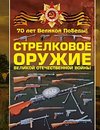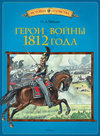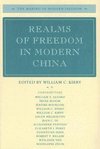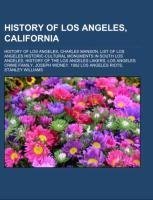
History of Los Angeles, California
Source: Wikipedia. Pages: 188. Chapters: History of Los Angeles, Charles Manson, List of Los Angeles Historic-Cultural Monuments in South Los Angeles, History of the Los Angeles Lakers, Los Angeles crime family, Joseph Widney, 1992 Los Angeles riots, Stanley... Viac o knihe
Produkt je dočasne nedostupný
36.52 €
bežná cena: 41.50 €
O knihe
Source: Wikipedia. Pages: 188. Chapters: History of Los Angeles, Charles Manson, List of Los Angeles Historic-Cultural Monuments in South Los Angeles, History of the Los Angeles Lakers, Los Angeles crime family, Joseph Widney, 1992 Los Angeles riots, Stanley Williams, List of Los Angeles Historic-Cultural Monuments in the San Fernando Valley, List of Los Angeles Historic-Cultural Monuments in Downtown Los Angeles, Wineville Chicken Coop Murders, List of Los Angeles Historic-Cultural Monuments in the Wilshire and Westlake areas, Pacific Electric Railway, List of Los Angeles Historic-Cultural Monuments on the East and Northeast Sides, O. J. Simpson, Assassination of Robert F. Kennedy, History of the University of California, Los Angeles, Aimee Semple McPherson, History of the San Fernando Valley to 1915, List of Los Angeles Historic-Cultural Monuments on the Westside, West Hills, Los Angeles, Rodney King, Los Angeles Times bombing, McMartin preschool trial, SWAT, MS-13, Union Station (Los Angeles), Erwin Walker, California Historical Landmarks in Los Angeles County, California, Los Angeles Pobladores, List of Los Angeles Historic-Cultural Monuments in Silver Lake, Angelino Heights, and Echo Park. Excerpt: Los Angeles changed rapidly after 1848, when California was transferred to the United States as a result of the Treaty of Guadalupe Hidalgo that ended the Mexican-American War. Much greater changes were to come from the completion of the Transcontinental Railroad in 1876. For the next 120 years of Los Angeles' growth, it was plagued by often violent ethnic and class conflict, reflected in the struggle over who would control the city's identity, image, geography and history. Recent archeological studies show there was a seafaring culture in Southern California in 8,000 B.C. By 3,000 B.C. the area was occupied by the Hokan-speaking people of the Milling Stone Period who fished, hunted sea mammals, and gathered wild seeds. They were later replaced by migrants - possibly fleeing drought in the Great Basin - who spoke a Uto-Aztecan language called Tongva. The Tongva people called the Los Angeles region Yaa in Tongva. By the time of the arrival of the Spaniard in the 18th century A.D., there were 250,000 to 300,000 native people in California and 5,000 in the Los Angeles basin. Since contact with Europeans, the people in what became Los Angeles were known as Gabrielinos and Fernandeños, after the missions associated with them. The land occupied and used by the Gabrielinos covered about four thousand square miles. It included the enormous floodplain drained by the Los Angeles and San Gabriel rivers and the southern Channel Islands, including the Santa Barbara, San Clemente, Santa Catalina, and San Nicholas Islands. They were part of a sophisticated group of trading partners that included the Chumash to the north, the Cahuilla and Mojave to the east, and the Juaneños and Luiseños to the south. Their trade extended to the Colorado River and included slavery. The lives of the Gabrielinos were governed by a set of religious and cultural practices that included belief in creative supernatural forces. They worshipped a creator god, Chinigchinix, and a female virgin god, Chukit.
- Vydavateľstvo: Books LLC, Reference Series
- Formát: Paperback
- Jazyk:
- ISBN: 9781157433408

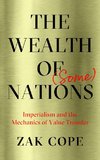
 Anglický jazyk
Anglický jazyk 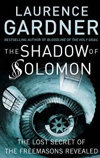
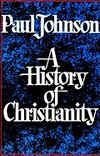

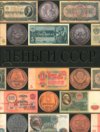
 Ruský jazyk
Ruský jazyk 
